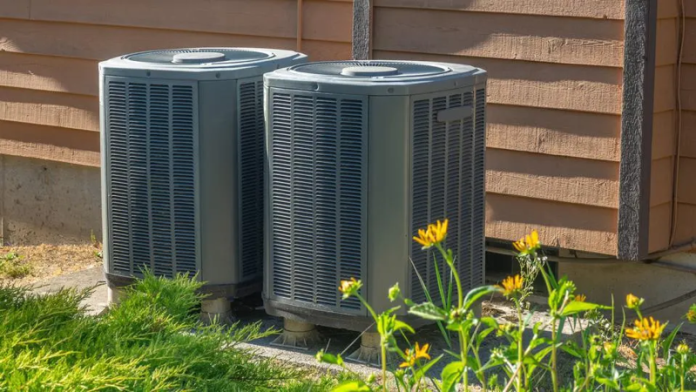As the colors of the leaves change and the temperatures begin to decrease, Bay Area homeowners know that fall has arrived. Many people don’t think about fall heater maintenance until October or November. Then they’re disappointed when they find that everyone has had the same idea, and every HVAC company in town is swamped with calls.
Unfortunately, waiting this long also increases the risk of a breakdown, which is why HVAC companies get very busy in these chilly months. But even if homeowners don’t foresee using their heater for several more weeks, it won’t hurt to get the fall maintenance done early. Homeowners can beat the rush in the fall by getting things done early.
1. Schedule a Professional HVAC Inspection:
One of the most crucial steps in preparing your HVAC system for fall is to schedule an inspection with a professional technician. As highlighted by Albert Nahman Plumbing, waiting until the peak of the season can lead to disappointment due to the high demand for HVAC services. By scheduling your inspection early, you can beat the rush and ensure that your HVAC system is in top condition before the cooler weather sets in.
A certified HVAC technician can identify any potential issues with your system and perform necessary maintenance tasks. This inspection should include checking for leaks, cleaning or replacing air filters, lubricating moving parts, and ensuring that your thermostat is working correctly. By addressing issues early, you can avoid costly repairs later in the season.
2. Clean and Replace Filters:
Clean air filters are vital for maintaining good indoor air quality and optimal HVAC system performance. During the fall, allergens like pollen and dust can still be present in the Bay Area. As a result, it’s essential to clean or replace your HVAC filters regularly. Clogged filters restrict airflow, causing your system to work harder and consume more energy. Keeping your filters clean not only improves indoor air quality but also extends your system’s lifespan and reduces energy consumption.
3. Check Your Thermostat:
Your thermostat plays a crucial role in maintaining a comfortable indoor environment. Ensure that your thermostat is functioning correctly by checking the accuracy of temperature readings. If your thermostat is outdated, it may be worth upgrading to a programmable one or a smart thermostat. These devices allow you to set temperature schedules, optimizing your HVAC system’s efficiency and saving you money on heating costs.
4. Inspect and Seal Ductwork:
Leaky ducts can waste energy and reduce HVAC effectiveness. Inspect your ductwork for any visible leaks or damage. If you find any issues, have them repaired promptly. Additionally, consider sealing your ducts to prevent heat loss, ensuring that warm air reaches all areas of your home efficiently.
5. Clean the Area Around Your Outdoor Unit:
If you have a central air conditioner that also serves as a heat pump, make sure the outdoor unit is free of debris. Leaves, branches, and dirt can accumulate around the unit, reducing its efficiency. Clear the area and ensure proper airflow around the unit to maintain optimal performance.
6. Adjust Your Thermostat Settings:
As the weather cools down in the Bay Area, you can save energy and reduce heating costs by adjusting your thermostat settings. During the day, when you’re awake and active, set the thermostat to a comfortable but lower temperature. At night or when you’re away from home, lower the thermostat by a few degrees. Every degree you lower the thermostat can lead to energy savings.
In conclusion, preparing your HVAC system for fall in the Bay Area is a smart and responsible homeownership practice. By following these steps, you can ensure that your HVAC system runs efficiently, keeps you comfortable, and saves you money. Don’t wait until the temperatures drop to take action. Schedule a professional HVAC inspection early to beat the rush and enjoy a cozy and energy-efficient home throughout the fall season.














